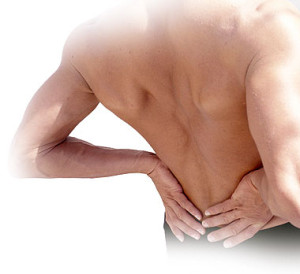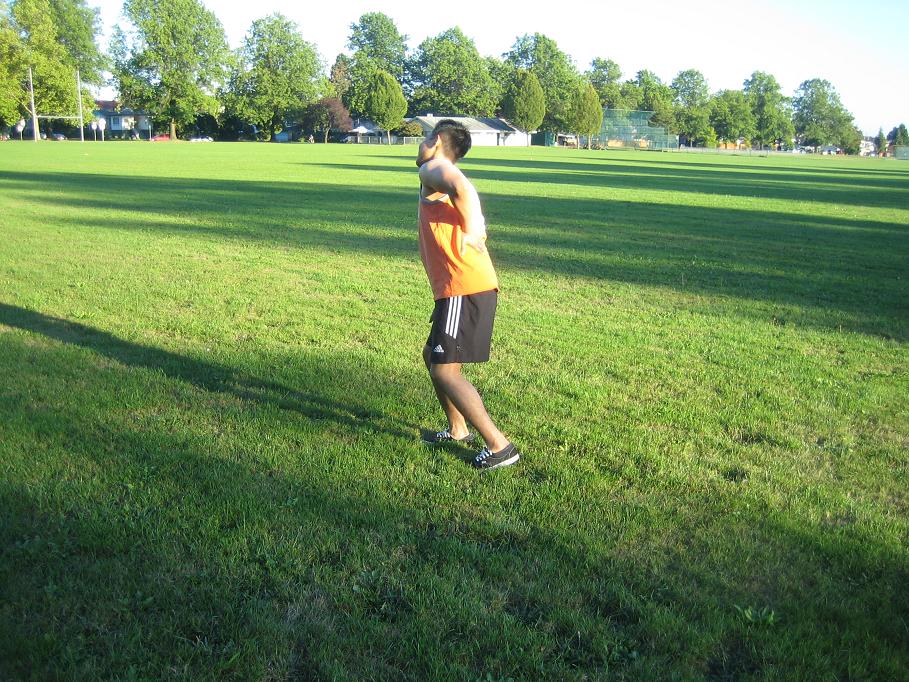Ligamentous laxity is condition where an individual has loose ligaments that cause chronic pain in the body. Generally, it usually involves all the joints in the body and known as generalized joint hypermobility. In addition, the joints are easily extended far from its normal range of movement.
The ligament which connects the joints becomes severely loose. It can also be due to weak muscles that surrounds the joints. Furthermore, the joints in the knees, shoulders, wrist, elbows and fingers are usually affected by this condition. Children are susceptible to this condition because their connective tissues are not yet fully developed. As the child becomes older the ability to hyperextend and the laxity of the joints becomes reduced.
Causes of ligamentous laxity
- Bone shape or the depth of the sockets of the joint
- Poor sense of proprioception, or the ability to sense how far he/she is stretching.
- A family history of hypermobility
- Injuries that cause damaging or overstretching the ligaments.
- Lastly, some conditions such as cleidocranial dysostosis, Marfan syndrome, Down syndrome and Ehlers-Danlos syndrome can affect the elasticity of the ligaments.
Symptoms
- At first, inability of the loose ligaments to support the joints and increases the risk of having injuries with ligamentous laxity
- People over 40 yrs old will have recurrent problems with the joint and usually suffer from chronic pain.
- Poor limb position can result to degenerative conditions of the joint.
- Frequently suffering from sprained ankle, shoulder dislocations, back problems and knee effusions.
- People with sedentary lifestyle usually have back pain
- High risk of bone dislocation
- Lastly, capable of bending the elbows, knees or hips beyond the normal range of movement.
Treatment

- Allow the site. Generally, avoid engaging in vigorous activities to prevent overextending and dislocating the joints.
- Apply ice pack on the area to lessen the pain and the inflammation.
- Cover the site using compression bandage to reduce the discomfort and the swelling. Generally, avoid wrapping it too tight to prevent problems with circulation. If the skin turns blue or violet under the wrap, loosen the wrap.
- Elevate the area above the level of the heart to alleviate the discomfort and inflammation. In addition, raise the area in couple of pillows to keep it elevated.
- Take the prescribed over-the-counter pain medication to lessen the inflammation and the pain.
- Apply heat on the area to lessen the stiffness and the spasms of muscles. Generally, heat can be in the form of a hot water bottle or a hot compress.
- Lastly, consult a physical therapist for suitable rehabilitation exercises to restore the range of movement of the area.
FACT CHECK
https://en.wikipedia.org/wiki/Ligamentous_laxity

